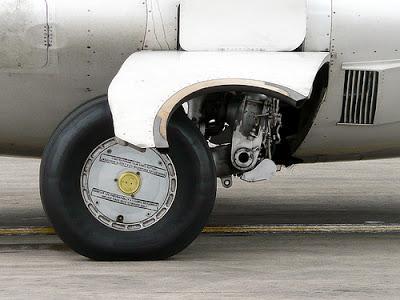
Later on in my career, I got to observe landings on the Boeing 727. I say observe, because I was a flight engineer on that jet and never got to fly it. What I learned while sitting sideways and working “the panel” was that the 727 possessed a well-known ability to humble even the best pilots. From where I sat, two approaches and landings that looked exactly the same could potentially terminate with drastically different outcomes. We often came in for what was shaping up to be a beautifully smooth landing only to be surprised with a touchdown capable of knocking fillings from my teeth.
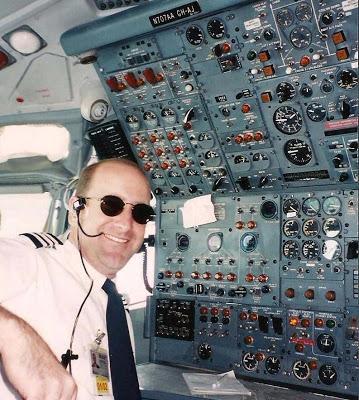
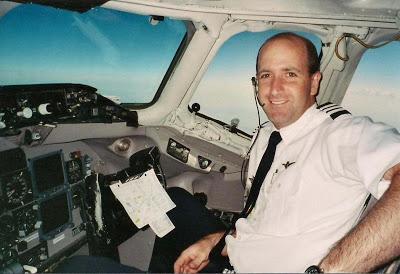
The MD80 requires considerably more flight control movement and muscle power to fly than anything I've ever flown, but it is a simple airplane to fly and land. The flight from SAT to DFW was less than an hour long and proved to be a busy leg for a newly qualified first officer. Unlike 90 percent of the takeoffs I experienced in the simulator, the engines didn't blow up, catch on fire or fall off, so the process of making it to cruise altitude was almost anticlimactic. Thinking ahead and planning for the descent, crossing altitudes and speed restrictions were not new concepts to me, but I had precious little experience at such high speeds. My instructor walked me though unfamiliar territory and the flight terminated with a surprisingly smooth landing.
At the time, I chalked that first landing up to beginners luck, but the truth is that the MD80 is not a difficult airplane to land. Some of my most memorable landings were so smooth that the first indication of touchdown was the mechanical sound of spoiler lever deployment or the thump thump thump of the main gear passing over expansion joints on the runway. Landings like that were harder to produce with any regularity, but they were always the highlight of a trip. After all…the landing is the only thing anyone remembers.
My recent move to the 737 produced a small battle between me and the airplane. My first landing was actually pretty good, but my performance seemed to go downhill from there. There are plenty of old airline stories out there…few of them true…of passengers, flight attendants and even tower controllers making colorful remarks in response to a landing. There’s the one about an FA appearing in the cockpit door with her panty hose down around her ankles in protest to an overly firm touchdown. Then there’s the one about a sweet old grandma walking off the airplane and asking if they had landed or been shot down. Ha, ha…I've actually heard that one.
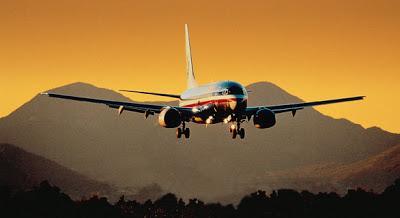
During 737 simulator training, when it came time to learn how to land the airplane, I was taught a mechanical approach to getting the job done. “The auto-throttles retard at 27 feet. At 20 feet raise the nose about 3 degrees. Aim point should be about 1000 feet down the runway…” Sounds simple enough, but I don’t much care for the mechanical approach to doing anything in an airplane. There’s an automated voice in the cockpit that announces altitudes during an approach and landing. The last 100 feet are important call-outs that warn the pilot at 100, 50,40,30,20 and 10 feet above the runway. While flying the MD80 I typically ignored the call-outs. I've always believed landing the airplane was more about being stabilized on speed and glide path, proper power management and knowing what the “sight picture” should look like, than following a step by step procedure written on the pages of a training manual.
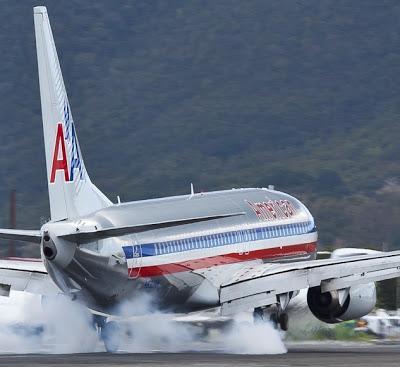
I thought long and hard about my landings after that first trip. Clearly, there was room for improvement. It finally occurred to me that I was trying too hard to follow someone else’s technique when I had one of my own that had worked well for many years. So this week when it was my turn to fly, I got back to basics and left the rest to experience. I flew a good stabilized approach, crossed the numbers on speed with stabilized thrust and ignored the automated call-outs. I flared when it looked and felt right and made the first landing I was proud to call my own.
